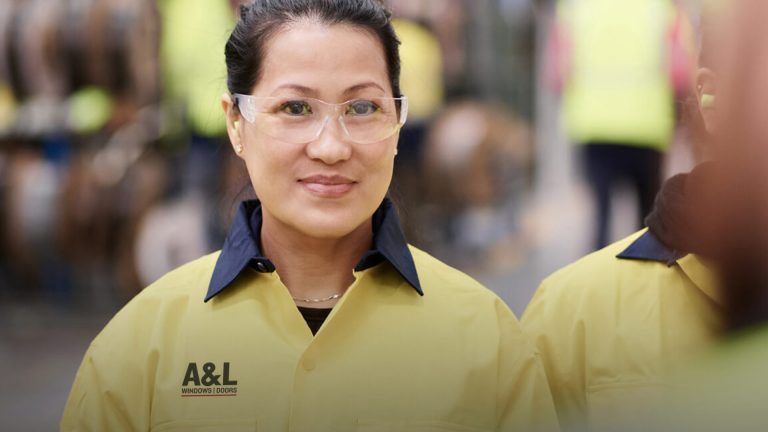
Locally made
A guide to energy efficiency
The right glass can dramatically cut your energy bills and make your home more comfortable year-round. But with so many options available, how do you choose the best one for your climate and budget?
Whether you’re a builder, designer, or supplier, the NCC 2022 changes are worth knowing. Stage 2 changes placed a strong focus on energy efficiency, introducing stricter requirements for both the building fabric and overall energy usage.
One of the key changes in the NCC 2022 update is a new 7-Star energy rating requirement for the building. That means homes now need to be better at keeping heat in during winter and out during summer, and windows and doors play a big part in that. The type of glass you choose can make a real difference. Features like double glazing, Low-E coatings, inline reveals and our patented ComfortSmart Hybrid thermally broken sash and panel help reduce energy loss and improve comfort. With the right combination, you’re not just meeting the new standards but building smarter, more efficient homes.
When it comes to energy efficiency, there’s a lot going on behind the scenes. Many parts of a home’s design can affect the overall rating, and windows are just one piece of the puzzle. Even when we’re just talking about thermal performance (how well your windows help keep the heat in or out), there are a few key things to think about, like:
Despite all of those considerations, the Australian Government’s guide to environmentally sustainable homes suggests that up to 40% of a home’s heating energy can be lost and up to 87% of its heat gained through windows.
So, which glass type and window configuration is the best for energy efficiency performance? Before we can answer that, we need to understand the different types of glass commonly used throughout Australia, and how they’re used.
Did you know: the thickness of glass only relates to the strength or resilience of a window and has virtually no impact on performance in energy efficiency. Thicker glass is typically used to protect against high wind loadings.
Annealed glass is used in many windows. ‘Annealing’ refers to a process used to cool the glass in production. While it is excellent for cutting and polishing, annealed glass is not heat-treated and is therefore not as durable as other types of glass.
Toughened glass is produced using a process where the panes are heated in a certain way to make them stronger. This process also makes the glass shatter into small, chunky squares—rather than long, thin shards—which are safer to handle than cracked or smashed annealed glass panes.
Like toughened glass, laminated glass is commonly used in situations where safety is a consideration, but it also offers a high level of acoustic performance to protect against the impact of noise. Laminated glass features a soft vinyl layer between two pieces of glass, which minimises the transmission of noise through the window.
Low emissivity glass can prevent the sun’s heat from escaping a room or stop the sun’s heat from coming into the home. There are two types of low emissivity glass, being ‘Low-E hard coat’ and ‘Low-E soft coat’.
That’s where A&L’s ComfortSmart Hybrid comes in. Our patented thermally broken sash and panel is designed to work with different combinations of Low-E coatings, allowing you to tailor your window configuration to suit your energy performance needs. Whether you’re aiming to meet basic compliance or want to push for higher efficiency, ComfortSmart Hybrid gives you the flexibility to get the balance right between performance, design flexibility and cost.
Single glazed refers to a window with only one layer of glass, or one single pane within the window; most windows in a standard home are single glaze. Single glazed windows can come in a variety of glass types, including annealed glass, toughened glass, or low e.
Double glazed windows use two separate pieces of glass which are separated by a central air gap, usually filled with Argon gas. The layer of Argon acts as an insulating barrier and reduces the conductive properties of each piece of glass (how easily cold air, sunlight or humidity can pass through the glass).
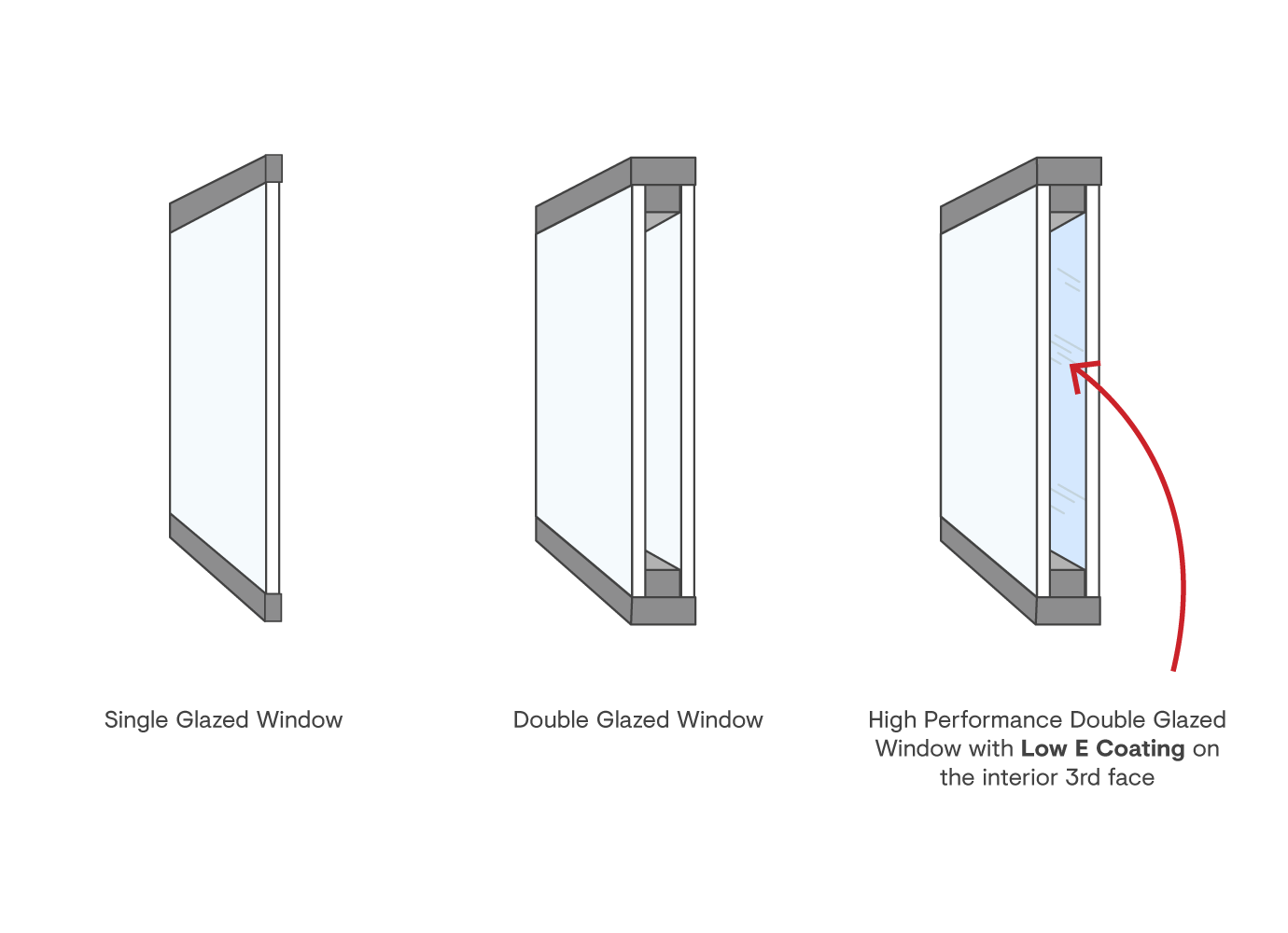
There are eight different climate zones in Australia, as implemented by the Australian Building Codes Board.
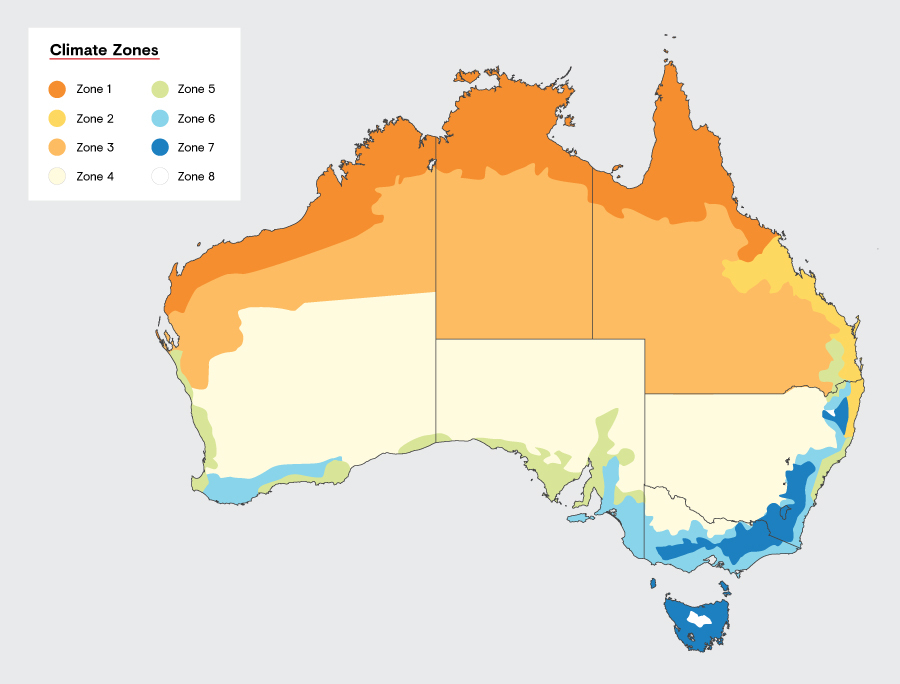
Climate zones are either ‘heating climates’ or ‘cooling climates’. What does this mean for achieving greater energy efficiency with your windows?
Double-glazed windows with our ComfortSmart Hybrid thermally broken system, and a choice of either ‘Soft’ or both ‘Soft’ and ‘Hard’ Low-E glass coatings. We can work with you to choose between our Good, Better and Best tiers, based on your energy performance requirements.
You can learn more at our Energy Efficiency hub.
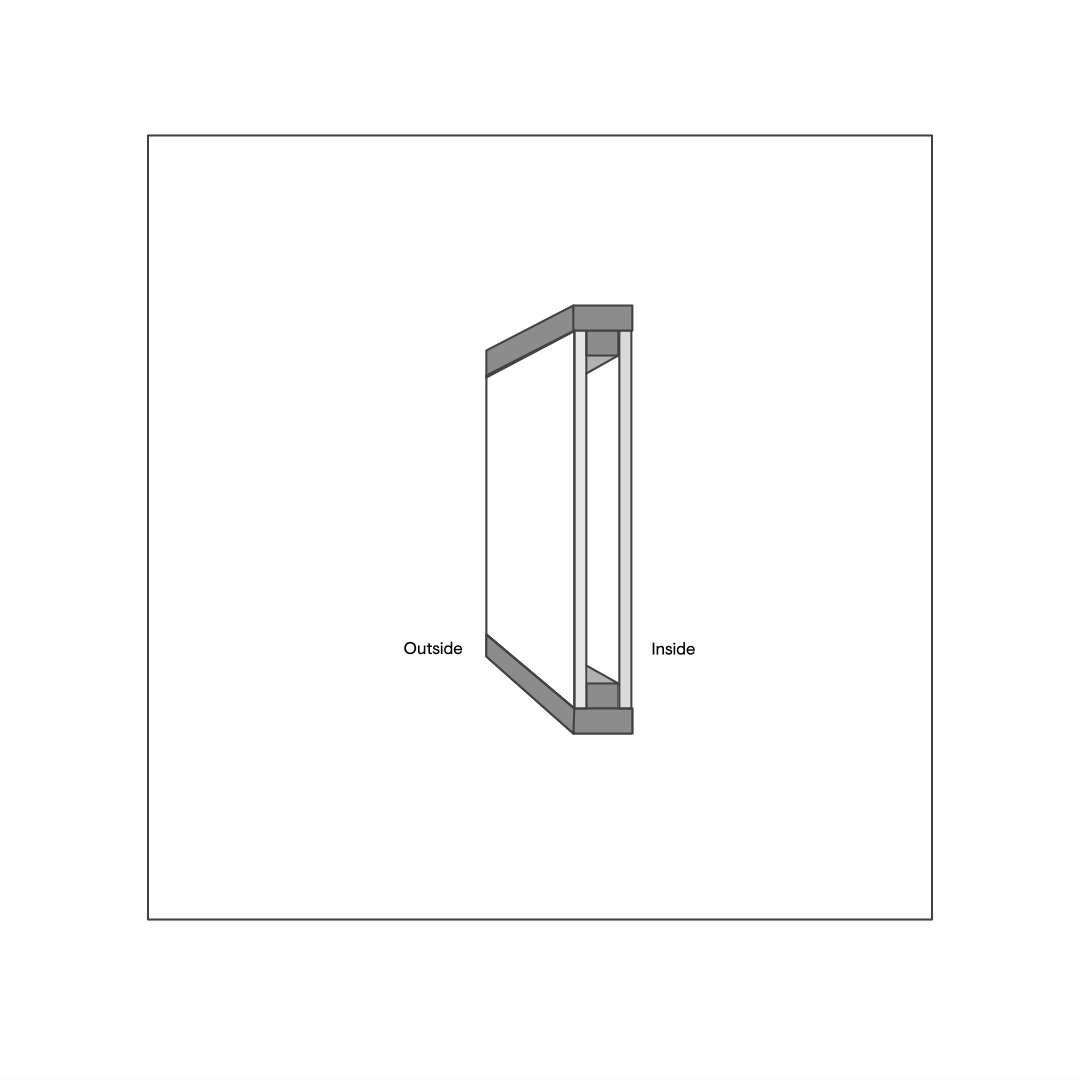
These configurations are optimised to allow heat into your home, before trapping that heat on the inside of the building.
Single glazed windows with tint —or super tint— glass on the outside face of the window. Again, you can choose from a Good, Better or Best configuration of window glass technologies for increased energy savings when you work with our team.
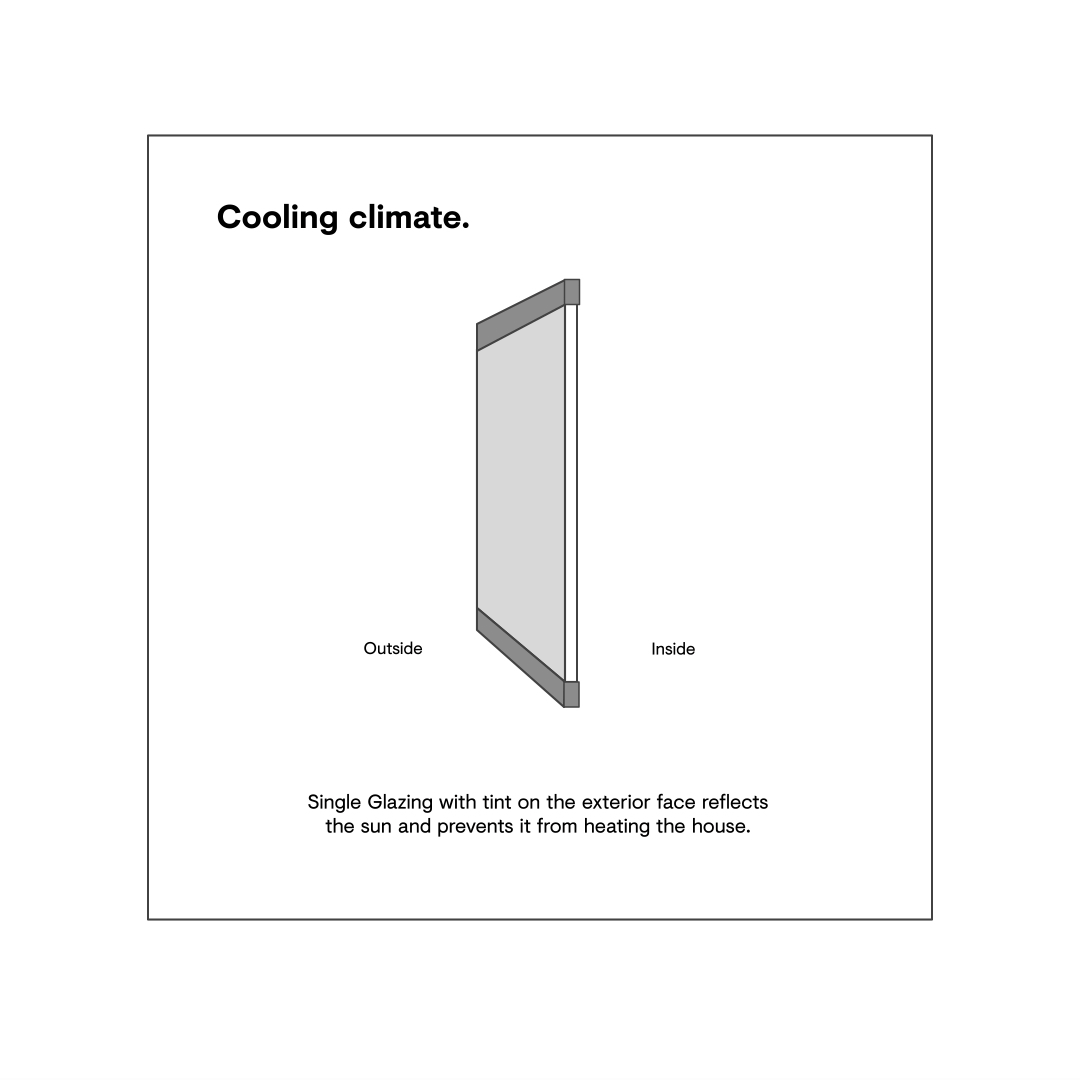
The tint on the outside face of the window essentially reduces the amount of solar radiation and ultraviolet rays passing through the window, reducing glare and increasing comfort.
While these recommendations are useful as a general guide to energy-efficient products based on climate, the reality is that energy-efficient design is rarely ‘one-size-fits-all’.
Whatever your specific energy goals—wherever you are in Victoria, New South Wales or Queensland —our experienced team is always available to help you achieve the best result possible.
Get in contact today for more information on energy-efficient windows in the home.